Seeing Light
We photographers are constantly looking at the way light falls on our subjects. Sometimes we’re looking for drama, other times for something soft and subtle. Continue reading
We photographers are constantly looking at the way light falls on our subjects. Sometimes we’re looking for drama, other times for something soft and subtle. Continue reading
!['Flore Pleno' Bloodroot & purple Violets w/ Giant Purple Wakerobins soft bkgnd [Sanguinaria canadensis 'Flore Pleno']. Turner Photographics Garden, Bellingham, WA. © Mark Turner [2000991] 'Flore Pleno' Bloodroot, 300mm lens](/wp-content/uploads/2020/04/Turner_2000991.jpg)
As photographers, the lenses we choose can dramatically change the subject’s appearance in the finished photograph. I find that much of the time I fall back on my trusty 24-105mm zoom lens, which covers most of the subjects I photograph very well. But when I visited the patch of ‘Flore Pleno’ Bloodroot (Sanguinaria canadensis ‘Flore Pleno’) in our woodland-edge garden yesterday evening I left “old trusty” in my bag and picked three different lenses as I explored this spring ephemeral. Continue reading
![Birdfeeder & winter garden by moonlight. Turner Photographics Garden, Bellingham, WA. © Mark Turner [2000041] Birdfeeder & winter garden by moonlight](/wp-content/uploads/2020/01/Turner_2000041.jpg)
Last night when Brian and went to the kitchen for an evening snack we looked out the window to the garden and were surprised to see moonlight casting shadows. It was crisp and cold (mid 30s F), which is when we tend to get clear skies in the winter. I set up my tripod, mounted my camera, grabbed my puffy coat and a warm hat, and headed outside. The view above is from our patio, very much like what we saw from the kitchen window.
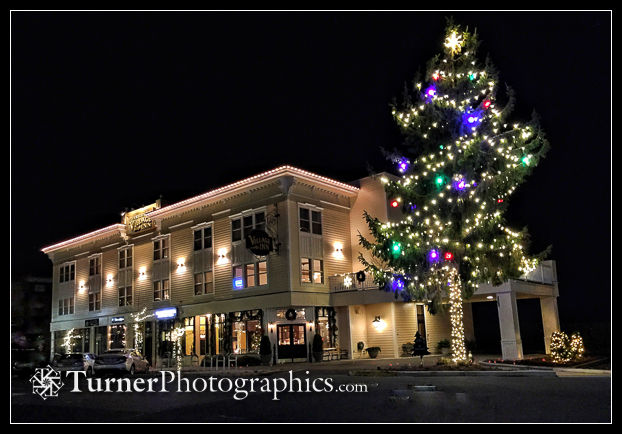
Here are a few tips to help you make better photos of your favorite light display.
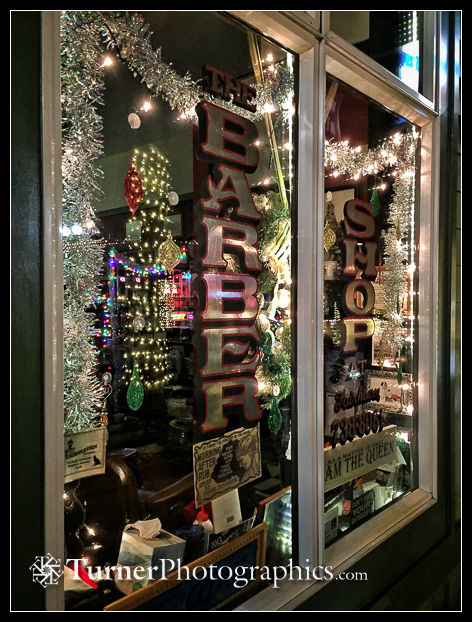
My favorite time to photograph holiday lights is at dusk, 20-30 minutes after sunset. At the winter solstice in Bellingham, sunset is 4:15 pm so shoot at 4:35 to 4:45 to hold a little deep blue color in the sky.
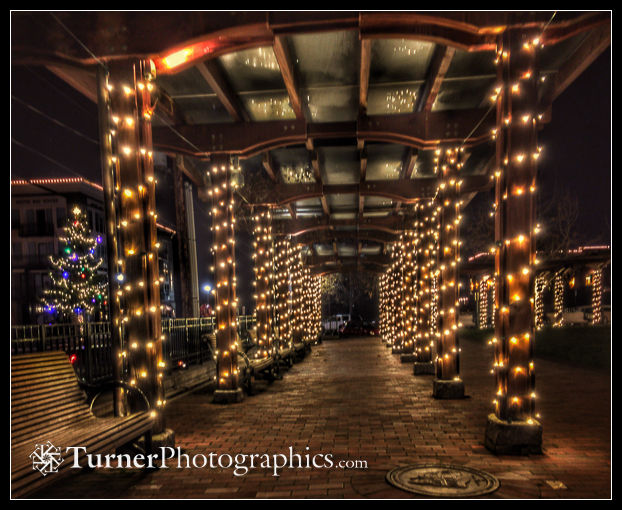
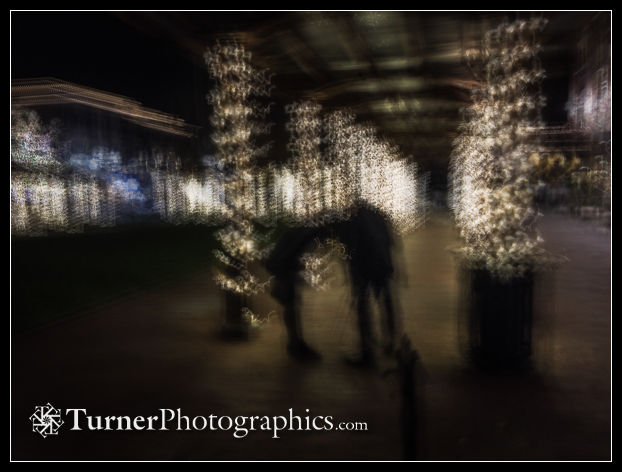
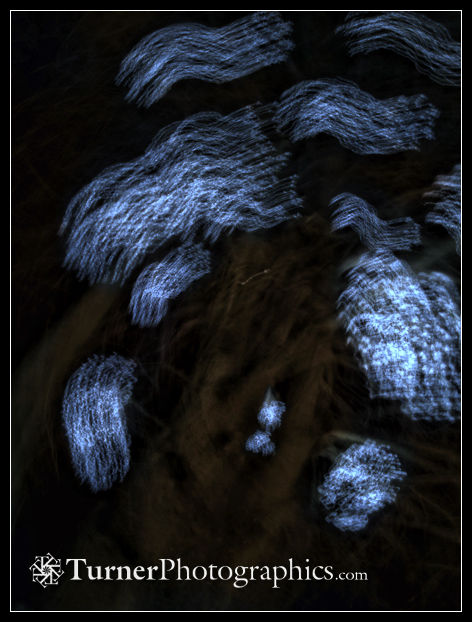
Although it’s tempting to just keep your photos on your phone or share them on social media, prints are still a great way to enjoy and preserve your photos. You can print to your home printer or get prints made at Quicksilver here in Bellingham or at Costco. Both Quicksilver and Costco have apps that let you upload directly from your phone, order prints, and then pick them up a day or so later.
I made all the photos accompanying this story with my iPhone in the course of about half an hour walking around Fairhaven. I had fun playing and experimenting with my camera and then edited them when I was back home and curled up on my comfy sofa with a favorite beverage at hand. The point is to engage your playful spirit and have fun. Delete the experiments that don’t work, polish the good ones in your favorite editor, and then share as you see fit.
If you’d like some more tips, especially if you’re using a DSLR, read what I wrote about photographing holiday lights in December, 2013.
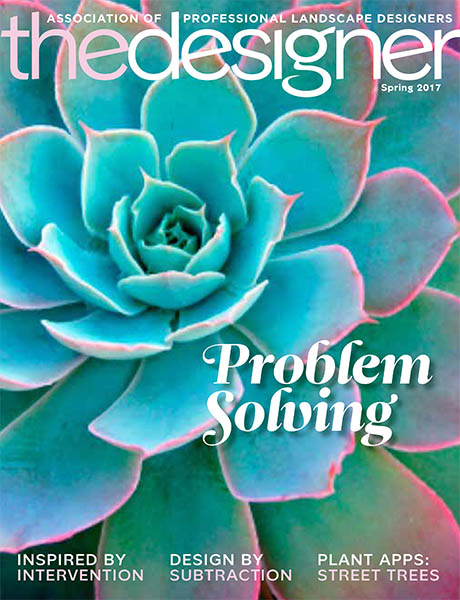
As photographers we can easily fall into a rut of always seeing and photographing our world just one way. We find something that works and repeat. There’s not necessarily anything wrong with that, and done well it can be an important aspect of your style. But if you’re always photographing from eye level with a 50mm lens you’re missing out on alternative ways to tell visual stories.
The spring 2017 issue of the Association of Professional Landscape Designers (APLD) magazine, The Designer, features examples of my photography that show alternate views of the same garden. The story was written by Katie Elzer-Peters, a garden writer colleague I’ve known for several years. Continue reading
In this pair of photos of the daylilies growing by our back door, in the first frame you see all the spent blossoms. That might be OK if the story you’re trying to tell is that daylily blossoms don’t last long and they linger on the stems until they dry up and fall off. But if what you’re after is a nice photo of daylilies blooming, then I think the photo looks a lot better with the spent blossoms removed.
It’s always easier to clean up details like this before capturing the image. Imagine how much time it would have taken in an image editing program like Photoshop to remove the spent blossoms and replace them with plausible background material.
I apply the same principle when photographing people. Let’s get that cat hair off your jacket before I trip the shutter.
![Vernal Fall. Yosemite NP Mist Tr., CA. © Mark Turner [1600765] Vernal Fall. Yosemite NP](/wp-content/uploads/2016/08/Turner_1600765-Edit.jpg)
It’s not exactly time travel, but you can freeze or expand time in your photos by choosing the right shutter speed. Grab your camera and take it out of its fully automatic mode and choose Shutter Priority instead. Now you can select the shutter speed that will treat moving subjects the way you want, rather than however your camera might randomly do it.
Moving water and sports action are two common subjects that benefit greatly from choosing the right shutter speed. Continue reading
![1401317 Mountain Hemlocks & rocky shore reflected in small tarn [Tsuga mertensiana]. Mt. Baker-Snoqualmie NF Huntoon Point, WA. © Mark Turner Huntoon Point tarn reflection](/wp-content/uploads/2016/06/Turner_1401317-Edit.jpg)
Sometimes you’ve just gotta put your face, and your camera, right down on the ground. Yep, down on your hands and knees, elbows in the dirt, maybe up close and personal with your subject.
If you’re like most of us, you make the majority of your photos from your standing eye level. You’re walking around and see something interesting so you put your camera to your eye and snap away. Nothing wrong with that, except that it gets boring when you’re always seeing the world from the same vantage point. Continue reading
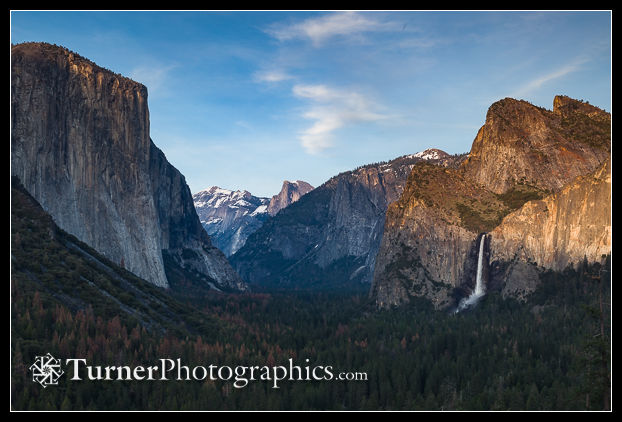
Last month Natalie and I vacationed in Yosemite National Park. It was her first visit, and I hadn’t been there in over 15 years. We spent a week in the park, enjoying early spring weather, grand views, waterfalls at their peak, and a few early wildflowers. While I briefly considered NOT carrying a camera on vacation, I couldn’t bear the thought that I might happen upon really wonderful light and weather conditions and not have the tools that would let me capture a unique view of this very heavily-photographed park. So I packed all my gear, some 30 pounds or so, and hauled it around on my back nearly every day. Continue reading
![1102576 Arrow-leaved Balsamroot & Sulphur Lupines carpet hillside [Balsamorhiza sagittata; Lupinus sulphureus]. Kittitas Co. Hayward Hill, Thorpe, WA. © Mark Turner Wide-angle photo of balsamroot](/wp-content/uploads/2016/03/Turner_1102576.jpg)
Photographs lie. You may think that a photograph accurately represents an instant of reality frozen in time, but that’s not quite true.
While a photo may come much closer to portraying reality than a drawing or painting, as creative individuals we’re always using the tools at our disposal to stretch the truth. At the most basic, we choose what to include and what to leave out of the frame by where we position the camera and which lens we use. Camera position also affects how we perceive the relationship of objects within the frame. For example, by simply moving to one side I can eliminate a tree trunk or post seemingly growing out of Aunt Martha’s head. Continue reading